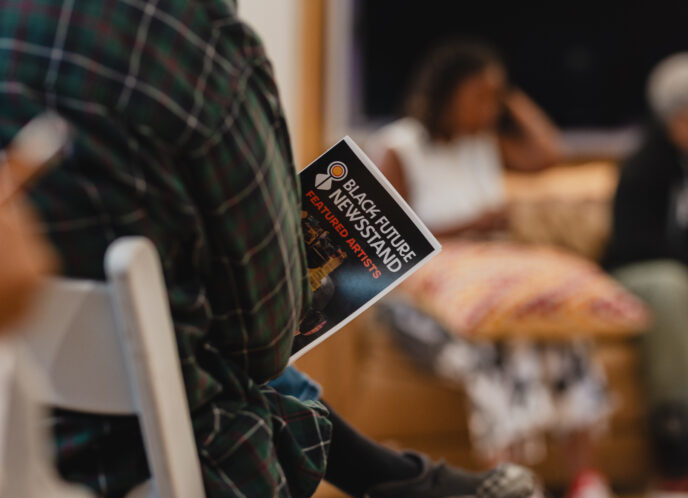Reposted from Media Literacy Project
The primary principle of media literacy is that media construct culture. At Media Literacy Project, we understand that our society and our perception of reality are shaped by both our life experiences, and by the images and information we receive via the media. It is this principle of media literacy that informed our decision to create Siembra la Palabra Digna three years ago. We understand that in order to effectively create the cultural change we want for our communities, we must actively participate in changing our media system.Siembra is our campaign to increase positive and accurate portrayals of our communities in media, while also eliminating hate speech in media. Ultimately, we want responsible speech in our media—speech that is accountable to fostering understanding, building connections, and strengthening communities.
The secondary principle of media literacy is that media messages affect our thoughts, attitudes and actions. The images we see, the language that is used to describe individuals, and the stories that are told about our communities impact each of us. As media literacy educators, and as advocates of our Siembra work, Media Literacy Project is a supporter of Applied Research Center’s Drop the I Word campaign, and more recently, have been supporting the National Hispanic Media Coalition’s newest campaign to have the John and Ken radio program be taken off the air.
John and Ken airs in Los Angeles, CA every weekday on KFI 640 AM. In this clip from October 2011, John and Ken are on “Day Thirteen” of convincing their listeners to repeal the Dream Act in California. Classic techniques of persuasion are utilized such as Intensity (the use of music and the voiceover at the beginning), Name-Calling (using the term “illegal alien”), and Repetition (the term “illegal alien” is used twice within this 45-second clip).
Other techniques of persuasion are also used. John and Ken open the show describing what they perceive to be the feelings of their listeners, stating “As angry, as frustrated, as furious as you are…” This technique is Bandwagon and it creates the sense that everyone who is listening to the show feels this way. By extension, it is also a form of Majority Belief that works off the assumption that if most people believe something, it must be true. In this case, John and Ken are telling their audience how to feel, by indirectly telling them that everyone else feels that way already.
The issues surrounding U.S. federal immigration policy are complex and are rooted in the historic, economic, and political landscapes that shape our current reality. These nuances are lost when terms such as “illegal alien” are used in newspapers, television news, and radio programs such as John and Ken. In media literacy, this process of blaming a complex problem on one group of people is referred to as Scapegoating. To be effective, Scapegoating relies on another technique of persuasion called Simple Solution. In this clip from John and Ken, the solution to the complex issues of immigration policy can be simply solved by repealing the Dream Act in California.
John and Ken intentionally leave out multiple sides of the immigration story, and create their one-sided argument through the use of Card Stacking. In this process of Card Stacking, listeners are provided with the four types of hate speech identified by UCLA researchers Chon Noriega and Francisco Iribarren as: 1) false facts, (2) flawed argumentation, (3) divisive language, and (4) dehumanizing metaphors.
As media literacy advocates, we know the impact that inaccurate information has on our families and communities. Programs such as John and Ken must be held accountable for intentionally misinforming the public and misrepresenting an issue that is a matter of life and death to some.
For more information:
Join the campaign to remove John and Ken.
See the entire report Hate Speech on Commercial Talk Radio by Chon Noriega and Francisco Irabarren


